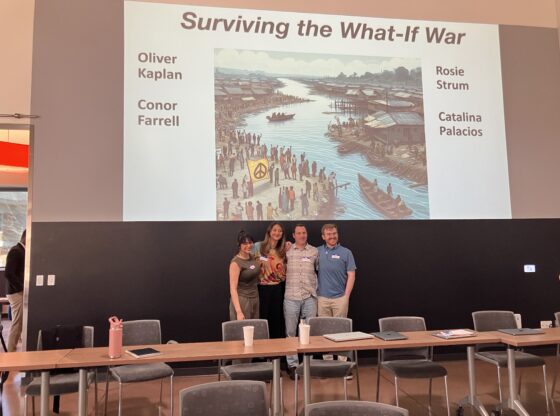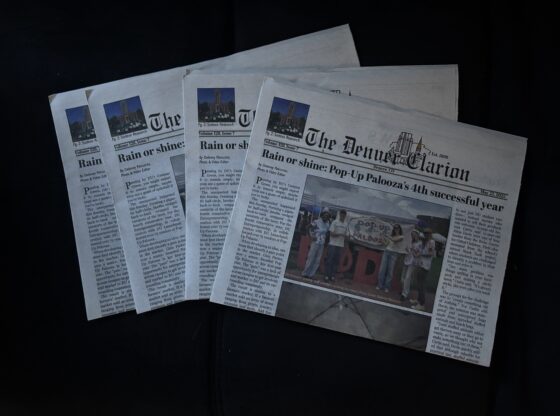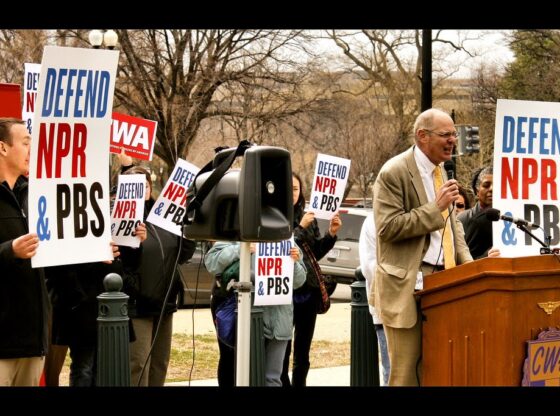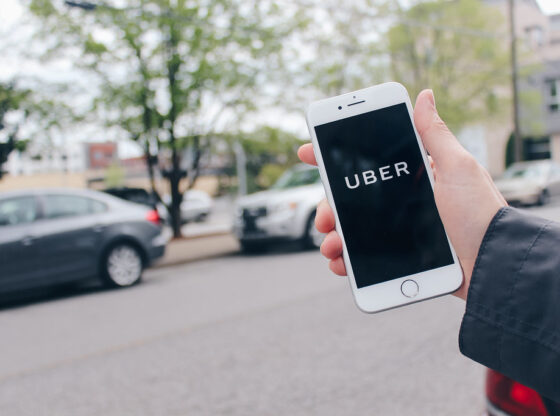On Jan. 18, TikTok users across the country opened their beloved app to find it unusable, seeing the message, “Sorry, TikTok isn’t available right now.”
This was the result of legislation that was signed by President Joe Biden on Apr. 24 and upheld by the Supreme Court on Jan. 18. The law states that TikTok’s parent company ByteDance must either sell TikTok or it will be shut down in the U.S.
Congress made this law based on fears over ByteDance’s sharing of U.S. data with China.
However, on Jan. 19, TikTok renewed its service after President Donald Trump stated that he would pass an executive order to delay the law’s effect by 90 days. Trump is looking to work out a deal with ByteDance to sell at least half of TikTok to a new American owner.
While Trump had previously held anti-TikTok views, he now sees the app as a benefit to him, using it as a tool during the election. It would also be a political opportunity to appeal to the youth.
ByteDance has expressed that it does not intend to sell TikTok.
Despite the app being functional for users, it is still unavailable on the app store and other programs. In practice, the law would threaten U.S. companies providing TikTok.
The ban would have a financial impact on the U.S. as many influencers and small businesses rely on the platform for income and advertising. An Oxford Economics report showed that in 2023, small business use of TikTok contributed $24.2 billion to the American GDP and supported 224,000 jobs.
Additionally, TikTok content creators make an average of about $130,000 a year. On Instagram, a popular alternative, creators make less than $40,000 a year. There are over 109,000 digital creators on TikTok.
TikTok digital influencers are now threatened by legislation banning the app, along with those employed by these content creators, such as content writers, editors and managers.
Whether TikTok stays available to its users in the short term or not, the battle over its data sharing and possible sales will continue. The future of TikTok remains clouded.











